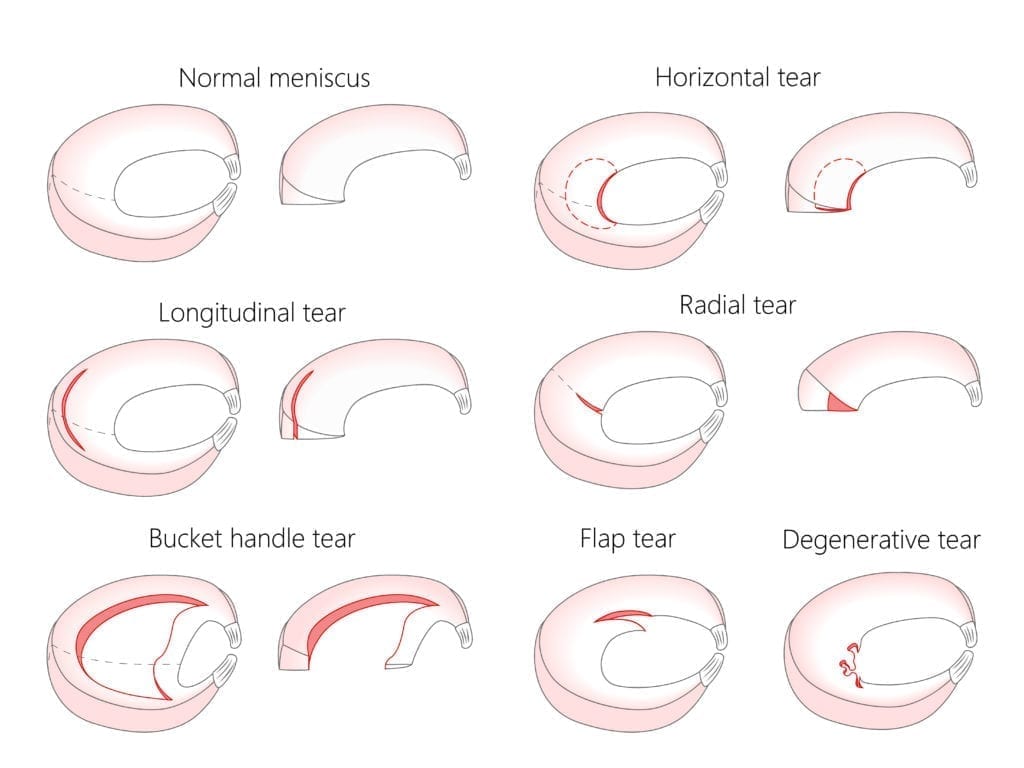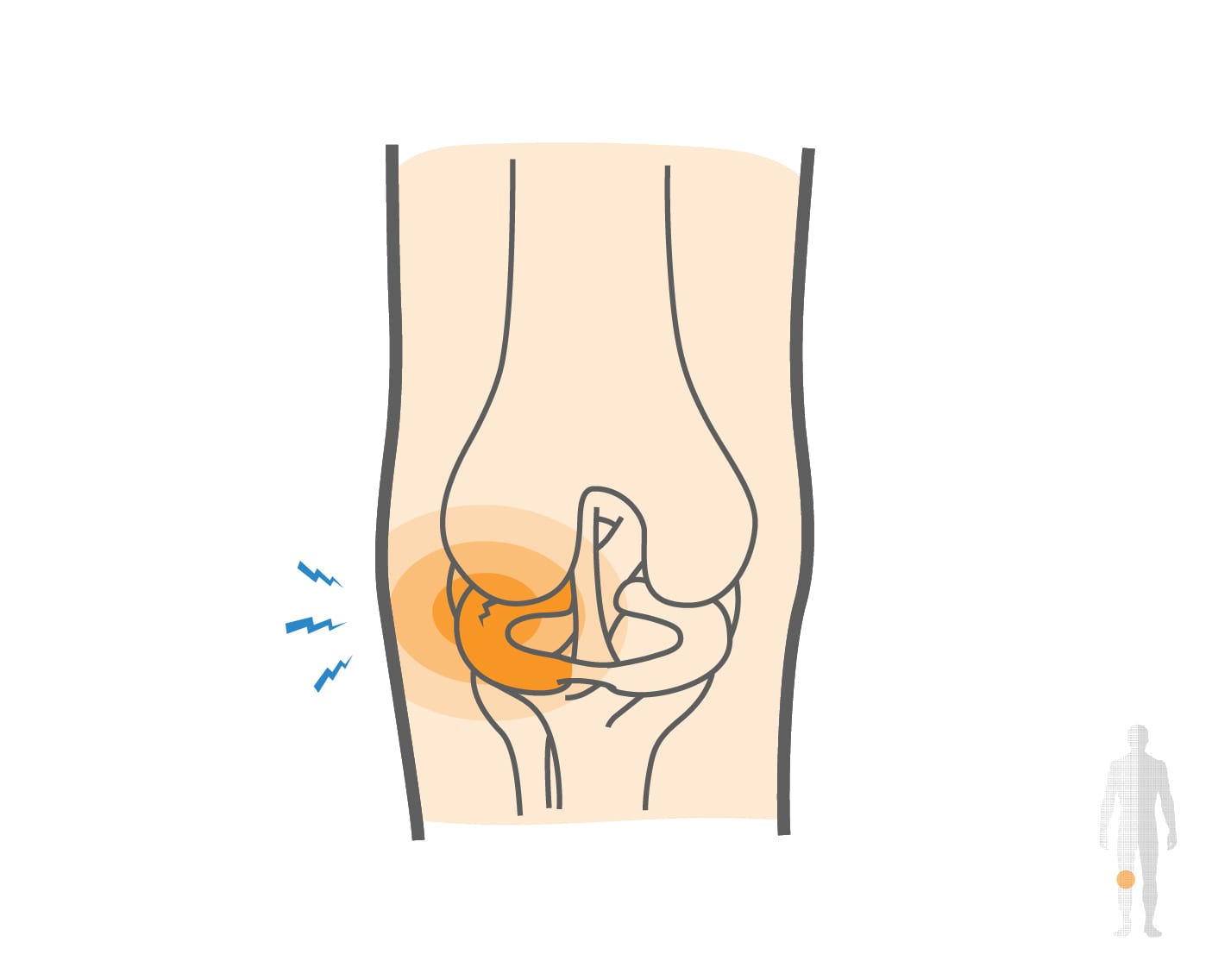If your symptoms do not improve using non-operative treatments, or if the tear cannot be treated using non-operative treatments, surgical repair or removal of the damaged portion of the lateral meniscus may be suggested. The type of surgery performed will depend on the type of tear that occurred as well as the severity of the tear. For example, if the tear is located on the peripheral (outer) rim of the meniscus, and there is good blood supply to the area, then it can be repaired. If the tear is not peripheral or not amenable to repair then the piece is removed. In older athletes, most tears are not amenable to repair.
There are two types of surgical procedures:
• Meniscus repair surgery: During meniscus repair surgery, the torn portion of the meniscus is stitched together. Recovery from a meniscus repair requires more time than a meniscectomy procedure, as the repaired tissue needs time to heal.
• Meniscectomy: During a meniscectomy, the damaged tissue of the lateral meniscus is carefully trimmed and removed.
These surgeries are performed arthroscopically, meaning that they are done in a minimally invasive fashion. Arthroscopic surgery uses several tiny incisions to access the damaged part of the meniscus. Through one of these incisions, a tiny camera attached to the end of a thin, flexible tube, called an arthroscope, is inserted and displays video image on a screen that allows your orthopedic surgeon to locate the tear. Through the remaining incisions, special instruments are inserted that are used to repair or remove the damaged tissue. In the case of a meniscus repair, sometimes a small incision is needed to tie the sutures.



